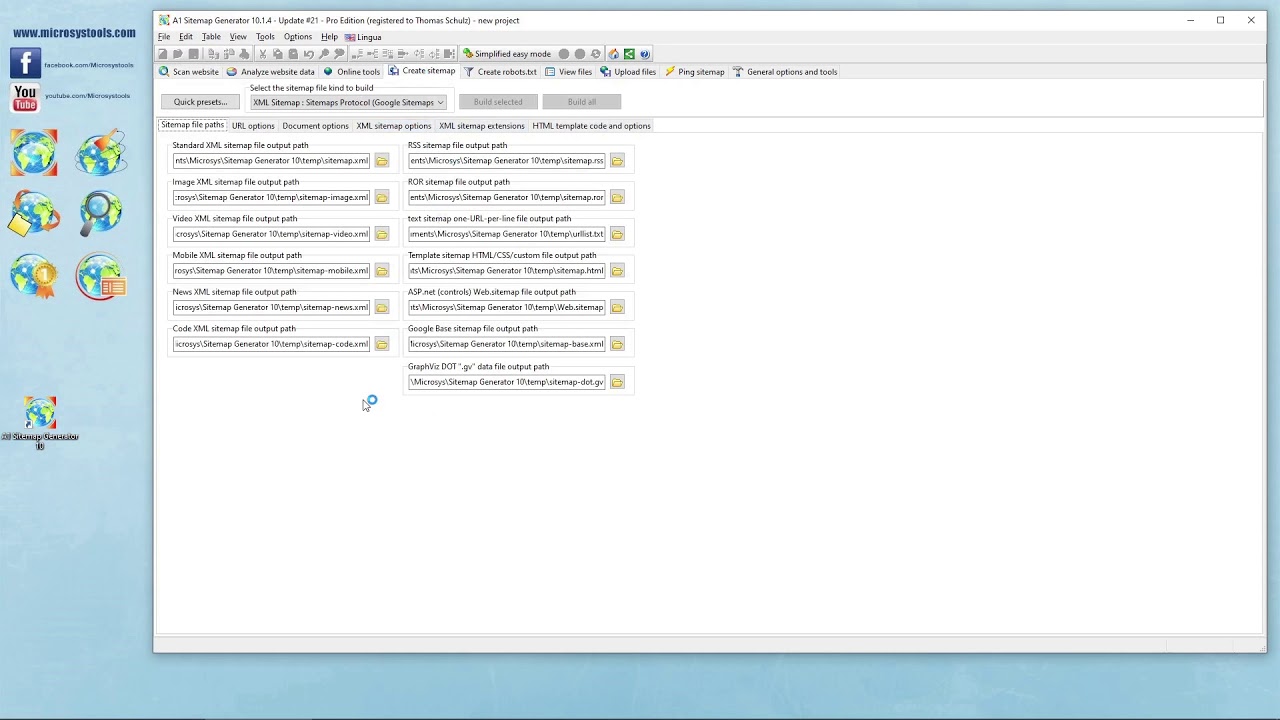- Welcome to Webmaster Forums - Website and SEO Help.
Complete Guide to XML sitemaps
Started by Webhelpforums, February 09, 2017, 06:59:34 PM
User actions

Note: Check our video related to keywords in "Complete Guide to XML sitemaps" on YouTube.
